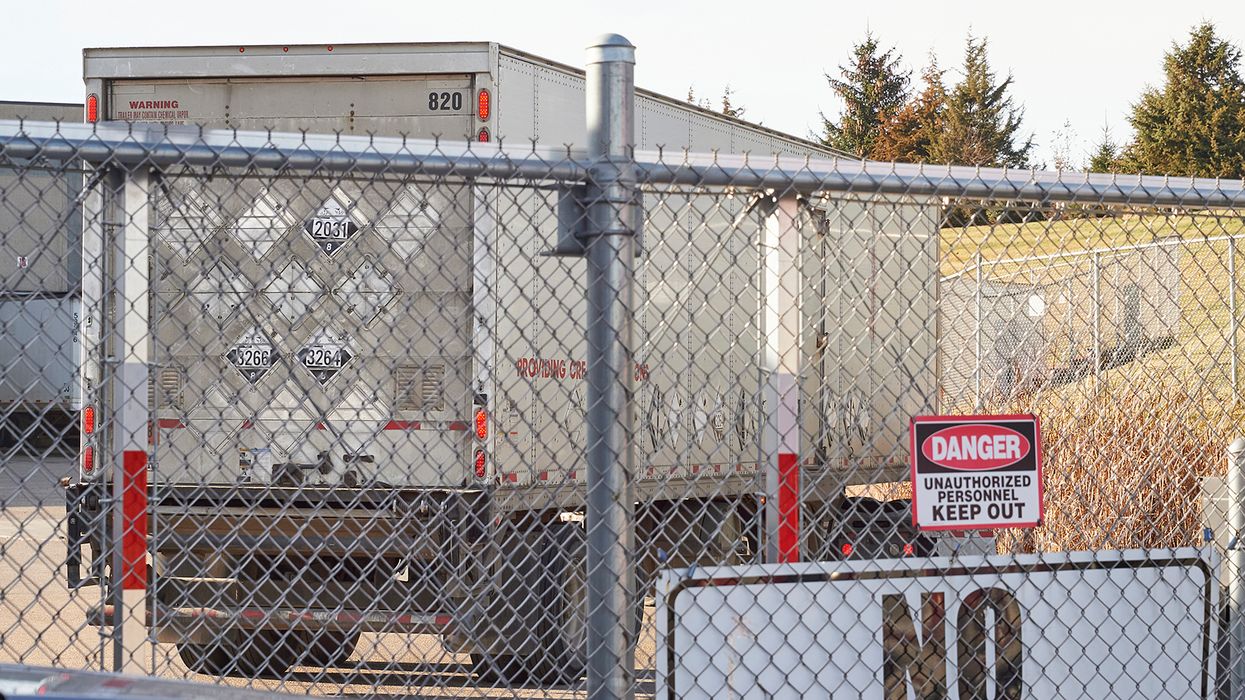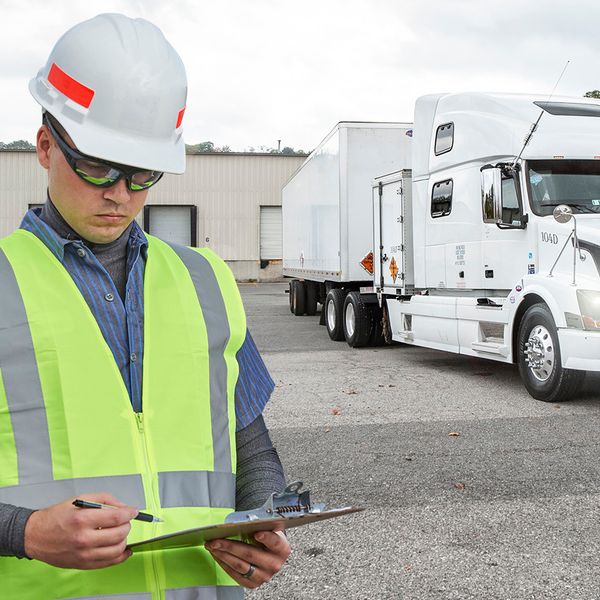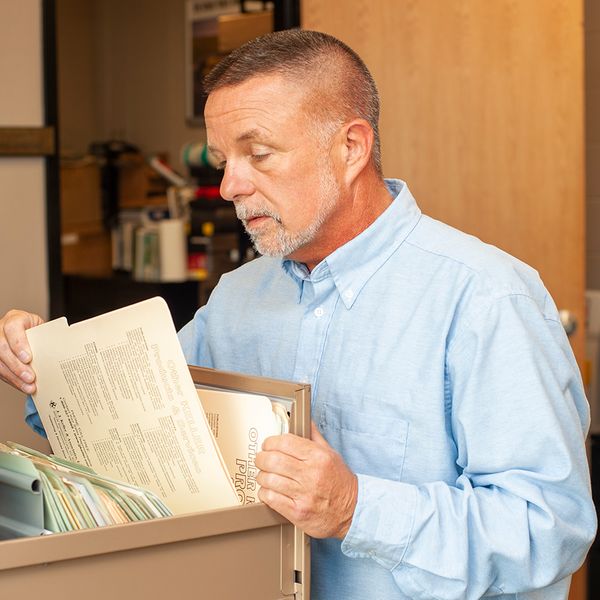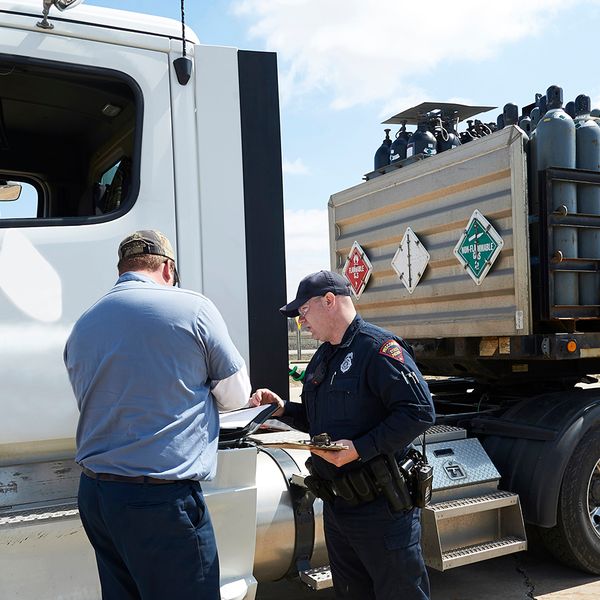What is considered a public/private roadway?
In a recent article, we reviewed the attendance requirements for loads of hazmat. That rule affects marked or placarded motor vehicles containing hazmat when on a public street, highway, or shoulder. But what exactly qualifies as a public street or highway? And why does it matter?
Knowing the meaning of public road helps you determine when Hazardous Material Regulations (HMR) apply to your operations – and when they don’t.
Definition of public roadway
Under 49 CFR 390.5, “highway” means any road, street, or way – whether on public or private property – that is open to public travel. “Open to public travel” means that the road section is:
- Available, except during scheduled periods, extreme weather, or emergency conditions;
- Passable by four-wheel standard passenger cars; and
- Open to the general public for use without restrictive gates, prohibitive signs, or regulation (other than restrictions based on size, weight, or class of registration). Toll plazas of public toll roads are not considered restrictive gates.
An agency interpretation of that rule describes a public road as:
- Any road under the jurisdiction of a public agency and open to public travel, or
- Any road on private property that is open to public travel.
Scenario 1: Hazmat on company property
A truck carries hazmat between buildings of your corporate campus on private roads. When the entrance gates are open during business hours, there is public access to the facility. Corporate security officers patrol the campus and monitor the entrances with cameras.
The movement of hazmat that occurs entirely within a contiguous facility boundary where public access is restricted is not commercial transportation and therefore is not subject to the HMR. As such, it does not require a shipping paper, placards, or a Commercial Driver’s License with a hazmat endorsement. (Note that, even though drivers would not need a hazmat endorsement under the federal regulations, state or local authorities may require conformance with the requirement.)
Several agency Letters of Interpretation indicate that signs, signals, lights, gates, or guard stations are appropriate means of restricting public access.
Scenario 2: Stops while traveling
Your driver stops for lunch. Under 397.7(b), a motor vehicle that contains hazmat (other than Division 1.1, 1.2, or 1.3 materials) must not be parked on or within five feet of the traveled portion of public street or highway except for brief periods when the necessities of operation require the vehicle to be parked and make it impracticable to park the vehicle in any other place.
Parking a motor vehicle containing hazmat within five feet of traveled portion of highway or street is a “critical” violation. Understanding the definition of public roadway can help your drivers comply with this rule.
The bottom line
Remember, “highway” means any road, street, or way – whether on public or private property – that is open to public travel. This definition helps you decide how the hazmat rules apply to your operations, including, but not limited to:
- Movements of hazmat on private roadways, where public access is restricted; and
- Attendance requirements for loads on the road.
Key to remember: The meaning of “public road” helps to determine when Hazardous Material Regulations apply to your operations – and when they don’t.



















































